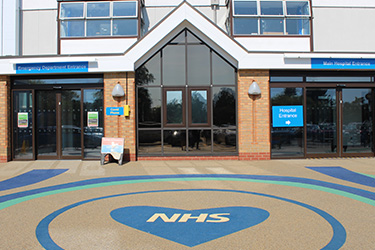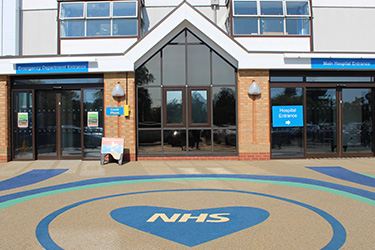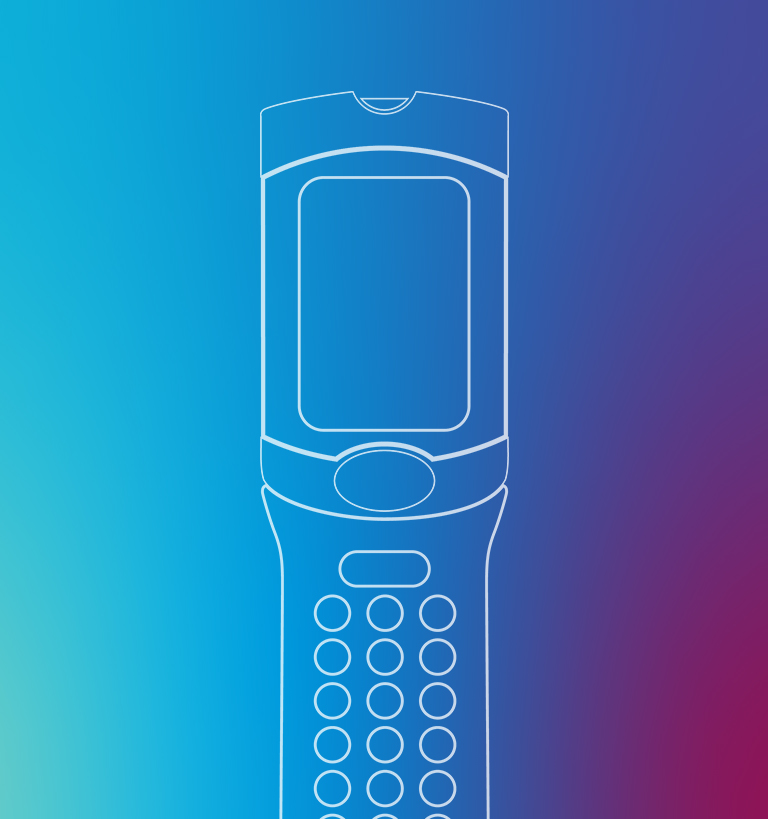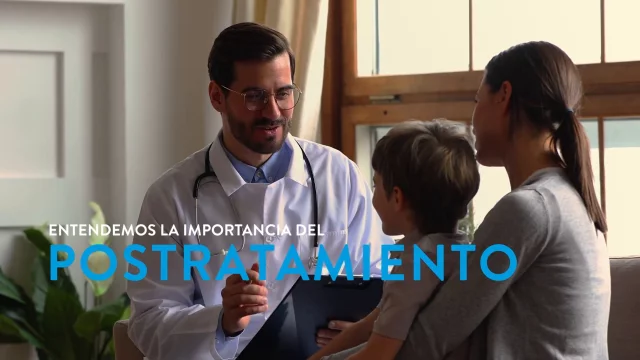Global Point Of Care
Rediseño del proceso en la atención ambulatoria de emergencias en el Hospital Universitario James Paget
Un estudio de los ingresos en el servicio de urgencias en Inglaterra arrojó que más de una cuarta parte de dichos ingresos no requirieron estancia nocturna (duración de la estancia [DE] de cero).1 Esto sugiere que muchos pacientes del servicio de urgencias podrían beneficiarse de la atención de urgencias críticas ambulatorias1 si se dispusiera de un enfoque sistemático para el rediseño de procesos. Esto implica el acceso inmediato a la atención de urgencia que normalmente requeriría los recursos y experiencia disponibles en un hospital de agudos.2
Es probable que los dispositivos POCT integrados, como el i-STAT System™, ofrezcan más opciones para el manejo de pacientes en un entorno de atención de urgencias críticas ambulatorias.
* Los resultados que se muestran aquí son específicos de este centro sanitario y pueden diferir de los obtenidos por otras instituciones.



Redesigning the process in the ambulatory emergency care at James Paget University Hospital
A study of emergency admissions in England found that over a quarter of admissions did not require an overnight stay (length of stay [LoS] of zero).1 This suggests that many emergency patients could benefit from ambulatory emergency care (AEC)1 by having a systematic approach to process redesign. This entails immediate access to urgent care that would usually require the resources and expertise available in an acute hospital.2
Integrated POCT devices, such as the i-STAT System™ , are likely to offer more options for managing patients in an AEC setting.
*The results shown here are specific to this health care facility and may differ from those achieved by other institutions.



Métricas clave
META
Reducir el valor de la DE en pacientes
MEJORA
Disminución del 60 % en el valor de DE (medio año posterior al rediseño del proceso)
META
Aumento en pacientes con 0 días de DE
MEJORA
25 % menos de ingresos
META
Beneficio económico
MEJORA
Más de 1 millón de libras esterlinas al año
El POCT satisfizo más del 85 % de las necesidades de diagnóstico del paciente en el entorno de atención de urgencias críticas ambulatorias.3
En particular, el i-STAT System se utilizó para diversas pruebas comunes y los siguientes cartuchos se utilizaron con mayor frecuencia:3
- CHEM8+ para analizar electrolitos en sangre, parámetros hematológicos básicos y TCO2
- CG4+ para analizar el lactato y los gases en sangre
- PT/INR para analizar el tiempo de protrombina (una medida de la coagulación de la sangre)
Para ver el estudio de caso completo


El POCT satisfizo más del 85 % de las necesidades de diagnóstico del paciente en el entorno de atención de urgencias críticas ambulatorias.3
En particular, el i-STAT System se utilizó para diversas pruebas comunes y los siguientes cartuchos se utilizaron con mayor frecuencia:3
- CHEM8+ para analizar electrolitos en sangre, parámetros hematológicos básicos y TCO2
- CG4+ para analizar el lactato y los gases en sangre
- PT/INR para analizar el tiempo de protrombina (una medida de la coagulación de la sangre)
Para ver el estudio de caso completo


POCT fulfilled over 85% of patient diagnostic needs in the AEC setting.3
The i-STAT System, in particular was used for a variety of common tests, with the following cartridges used most widely:3
- CHEM8+ to test blood electrolytes, basic hematology parameters and TCO2
- CG4+ to test lactate and blood gases
- PT/INR to test prothrombin time (a measure of blood coagulation)
To view the complete Case Study


Referencias
- NHS Institute for Innovation and Improvement. Ambulatory care directory for adult patients. 2009.
- Royal College of Physicians. Acute Medical Care – the right person, in the right setting – first time. Report of the Acute Medicine Task Force 2007. London. Disponible en: www.rcplondon.ac.uk/sites/default/files/documents/acute_medical_care_final_for_web.pdf [Consultado en julio de 2016].
- Weihser P. Utilising POCT and Service Redesign to Establish an Ambulatory Emergency Care Service. James Paget University Hospitals – NHS. 8 de septiembre de 2015. [Presentación inédita].


